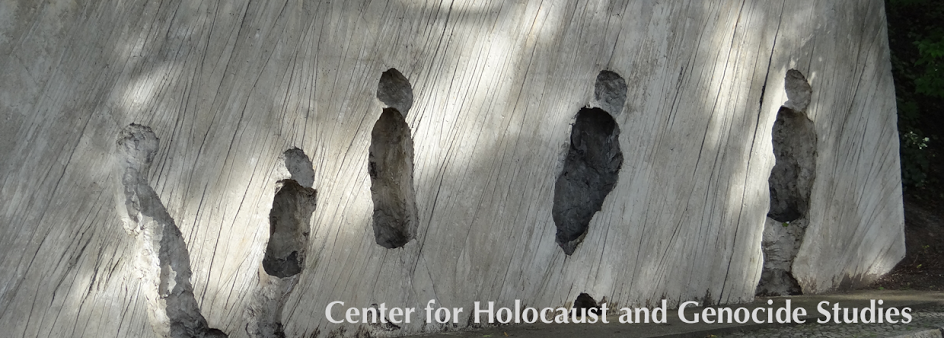Editor’s note: This is the second in our collected statements in response to SF 2442, a bill currently being debated in the Minnesota legislature. If passed, the bill would mandate Holocaust and genocide education in middle and high schools across the state. Please see the earlier post by CHGS Interim Director Joe Eggers for background and context on the bill and Joe’s statement in response. Below is a statement submitted by George D. Dalbo, UMN Ph.D. and High School Social Studies Teacher.
University of Minnesota
Twin Cities Campus
Department of Curriculum and Instruction
College of Education and Human Development
March 20, 2023
Chair Cheryl Youakim
Republican Lead Ron Kresha
Members of the Education Finance Committee;
“Why have we never learned about this before?” This question was asked by a high school junior in my Genocide and Human Rights course just last week as we began learning about the Cambodian Genocide. The student, a second-generation Hmong-American whose family members experienced mass violence and came to the United States as refugees, is often frustrated that, until my course, her education has excluded most of the genocides we are covering in the course. Quite frankly, as her teacher, I am also frustrated and disheartened that most of my students have little knowledge of these events and the broader patterns of genocide. Thus, I am writing to support HF 2685 and Holocaust and genocide education in the State of Minnesota. As both a middle and high school social studies teacher and a scholar in the field of Social Studies Education, I have seen firsthand through my teaching and research the power of Holocaust and genocide education.
more...
